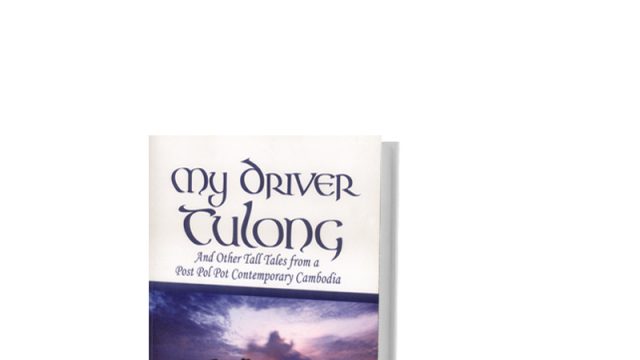Had this self-published anthology of interconnected stories, based on M.P. Joseph’s experiences as a United Nations employee in Cambodia, not been so rich in humour or in the variety of memorable characters enlivening them, there would be reason enough to carp about its glaring editorial lapses, including the cardinal one: a structure elastic enough to indulge the first-time author’s habit of digressing into areas that may have only a tenuous connection with the narrative of the moment.
Not that these explorations far afield aren’t interesting, informative or amusing—be it the first-person narrator’s exposé on the dubious motives of international organisations like the UN operating in disadvantaged Third World countries on humanitarian missions; or the self-deprecating account of his attempts to master the Khmer language. In passing, he offers us valuable insights into Cambodia’s violent political history, cultural heritage and unique geographical features, not forgetting its society, where saving face is everything—even in shady transactions like bribe-taking. But never does he explain how he can remain a “purely imaginary” character, like all the others peopling these “tall tales”, and still share his creator’s name, ethnic background and professional profile. Never are you certain if this book is, indeed, a collection of fictional stories, as its author claims, or a memoir in disguise.
Such concerns, along with the anthology’s lack of cohesiveness, seem inconsequential, however, as the author plays dialogue off description to create protagonists so startlingly recognisable, they could well have been people you know. Vathana, for one, the sinister “fixer”, is unforgettable, his tale almost Maughamesque in its irony-laced power play. But my favourite will always be Tulong, the narrator’s driver in the title story, his character so finely etched that every nuance of his speech, behaviour and enigmatic silences is captured to perfection.
There’s also the hint of ambiguity about this meek-looking man’s persona. Is he a victim of the Khmer Rouge’s reign of terror or a perpetrator, we wonder, the selflessly devoted employee or a criminal? The suggestion is that he can be both and still deserve our compassion and respect as a survivor. In his myriad contradictions, Tulong seems symbolic of a fractured Cambodia trying to be whole again. It is a compelling image of a man and his country that lingers long after the rest of the book has faded from memory.




